Jerusalem, MINA – Yamen Nobani Palestinian director, Khalil Gibran pursues details of Jerusalem, its history, people, sanctities, markets, lanes, alleys, architecture, and events, and highlights them in artistic works, such as television programs and documentaries, in the face of Judaizing the Holy City and erasing its Arab and Islamic monuments.
Gibran, who lives between Jerusalem and Ramallah, runs a production company, since its inception, he has made nearly 1,800 works of art, all of which talk about Jerusalem, most notably: Al-Aqsa Castle, the occupied capital, Jerusalem, and Ramadan in Jerusalem.
In addition, Gibran made many films, the most important of which are: I am Al-Quds, The Gate of Peace, Talking Stones, Hamza Al Wasl, 51 Days, Our Road to Jerusalem. Thus quoted from Wafa on Tuesday, September 8.
Gibran says to “Wafa”: In all of my artistic works, I highlight one of the landmarks of occupied Jerusalem, to convey the story and the truth to the world of what is happening in Jerusalem in terms of settlement, Judaization and erasure of the city’s landmarks, and the attempts to empty them of its original inhabitants, the Palestinians, especially in the Old City and its surroundings.
Also Read: Sheikh Muhammad Amin al-Husseini: The Palestinian Mufti in Indonesia’s Independence History
“Millions are prevented from visiting Jerusalem and they do not know what is going on in it and I am reporting the picture, and I communicate to the world what Jerusalem means, how life is going in it, and how the Palestinian who is constantly threatened with deportation or the demolition of his home, and the daily persecution and harassment he is subjected to,” he added.
Regarding his most prominent works, he said there is a work of art called 45 from Al-Aqsa which talks about the doors, angles, doors, and all the details of Al-Aqsa Mosque.
According to Gibran, there is a failure of the Arab media in the city of Jerusalem, as there are fewer media activities highlighting the occupation crimes against Jerusalemites, their sanctities, their homes and their power.
“The Arab media machine in Jerusalem disappointed me by its apparent absence from what is happening in the city, especially the Al-Aqsa Mosque and its surroundings, from daily attacks and grave violations against Jerusalemites, homes, monuments and Islamic cemeteries, and if there is Arab media coverage, it is limited and fleeting, without going deep into the heart and corners of what The occupation is carried out by the occupation, and this has emerged at least in the last two years, when the work of the Arab journalist in Jerusalem has declined, who used to convey a more powerful and abundant image and scene, “said Gibran.
Also Read: Celebrating 200th Java War: Novelty Spirit of 2013 Memory of The World
“Years ago, I started a work related to prisoners, especially patients, for the benefit of one of the Arab stations famous for their power and influence, but the work did not succeed, due to an agenda for that station, which asked me to dialogue with the occupation prison administration, and to express his opinion on the case, arguing that it takes the party And the other party, and not adopting an idea from one side, which led me to categorically refuse and withdraw from completing the work and broadcast it on their station,” he added.
Gibran represents the huge media available in many hands and places, with its simple capabilities, but he confirms that his role is important and vital in the phase of escalating distortion of the Holy City, stressing that he is “the owner of a narrative and a message.”
“Every year I transmit Tarawih and Friday prayers directly from Al-Aqsa Mosque for the benefit of Palestine TV, which asks me to photograph everything and anything in Jerusalem. They even tell me: Even if I put the camera on the column door to capture the blessed and the slaves,” Gibran added.
Regarding his latest artistic work, he said: I have a documentary work of 360 videos. Each video lasts two minutes. It tells about Zawya in Jerusalem. I called this work “The Jerusalem and Holy History Album.”
Also Read: History, Islam, and the Culture of the Kazakhstan: Abai as a National Inspiration
He continues: I am currently working on several works that talk about the excavations and change of landmarks under the Al-Aqsa Mosque and the surrounding neighborhoods, especially Silwan and Batn Al-Hawa, and about the “leakage of real estate” 30 episodes for the benefit of the Media Center, and he worked on Jerusalem families, the series “The roots of Jerusalem.”
Today, Gibran owns a huge archive of Jerusalem, saying the situation here is constantly changing and we must fix the Palestinian memory that they are trying to erase.
It shows: In addition to documentation, we are introducing people to the city of Jerusalem, not only those who live outside it or only know it through news bulletins, even for those who are in it, for example: many do not know that the lands of “Lifta” displaced reach their lands as far as Bab al-Amud and Salah al-Din Street.
And Gibran notes that “the light train and the hanging biblical gardens have distorted many of Jerusalem’s landmarks, and the tunnels and excavations under the Al-Aqsa Mosque and Silwan, and I am working on documenting those excavations. Today, you can walk and drink coffee and attend an underground cinema there!”
Also Read: Boycotting Israeli-Affiliated Products: A Moral Stance and a Form of Supporting Justice
“The Bab al-Rahma cemetery is one of the places that we are forbidden to photograph, and even prevented from reaching it, and only a few can bury their dead there, at night and in secret,” he says.
Gibran’s work does not go without harassment, as his cameras were destroyed a lot and pepper gas was sprayed on him and his colleagues, until they began working a lot in secret, “In Aqbat al-Khalidi, for example, there is one Palestinian family, the“ Sab Laban family, ”in the vicinity of all of the settlers. We go to photograph, while the occupation and the settlers work to ensure that the image does not go out and that the details and filth of the occupation do not emerge in a neighborhood they call “the renewed settlement neighborhood.”
He explains, what defeats the occupation in recent times is the exercise of Palestinian sovereignty in Jerusalem, and we photographed that sovereignty, and many of the Jerusalem symbols were subjected to arrest and detention, and places that were raided.
Gibran concludes, the situation is wept in Jerusalem, an occupation that is racing against time in Judaizing, is planning and executing, and what is going on underground is more and more dangerous than what is happening above it. (AT/RE1)
Also Read: 77 Years Since Nakba, Palestinian Population Grows Tenfold
Mi’raj News Agency (MINA)





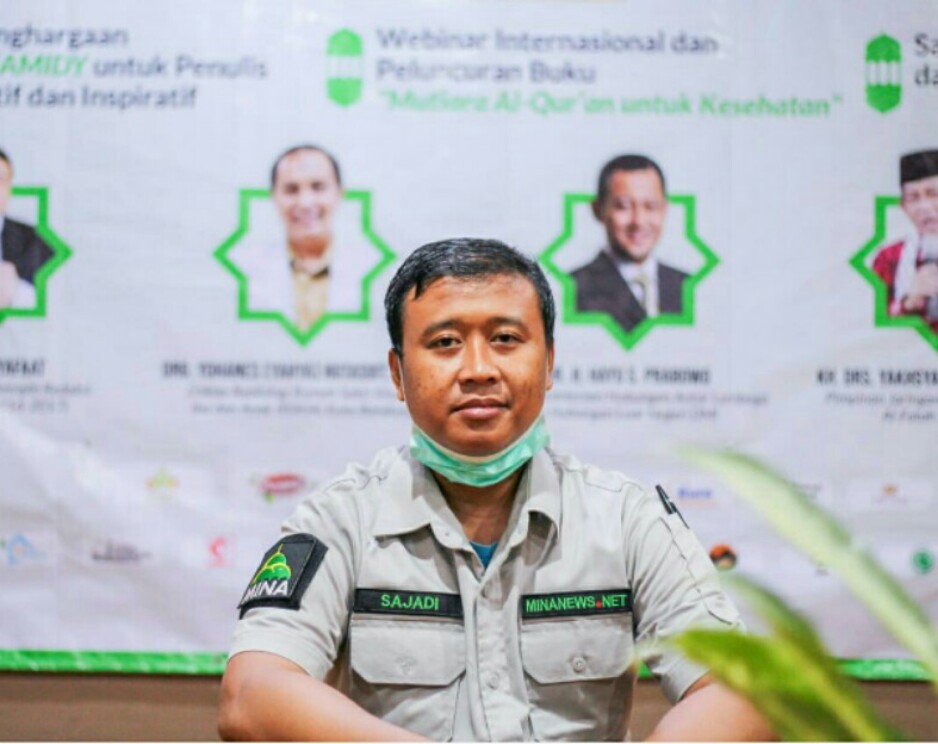
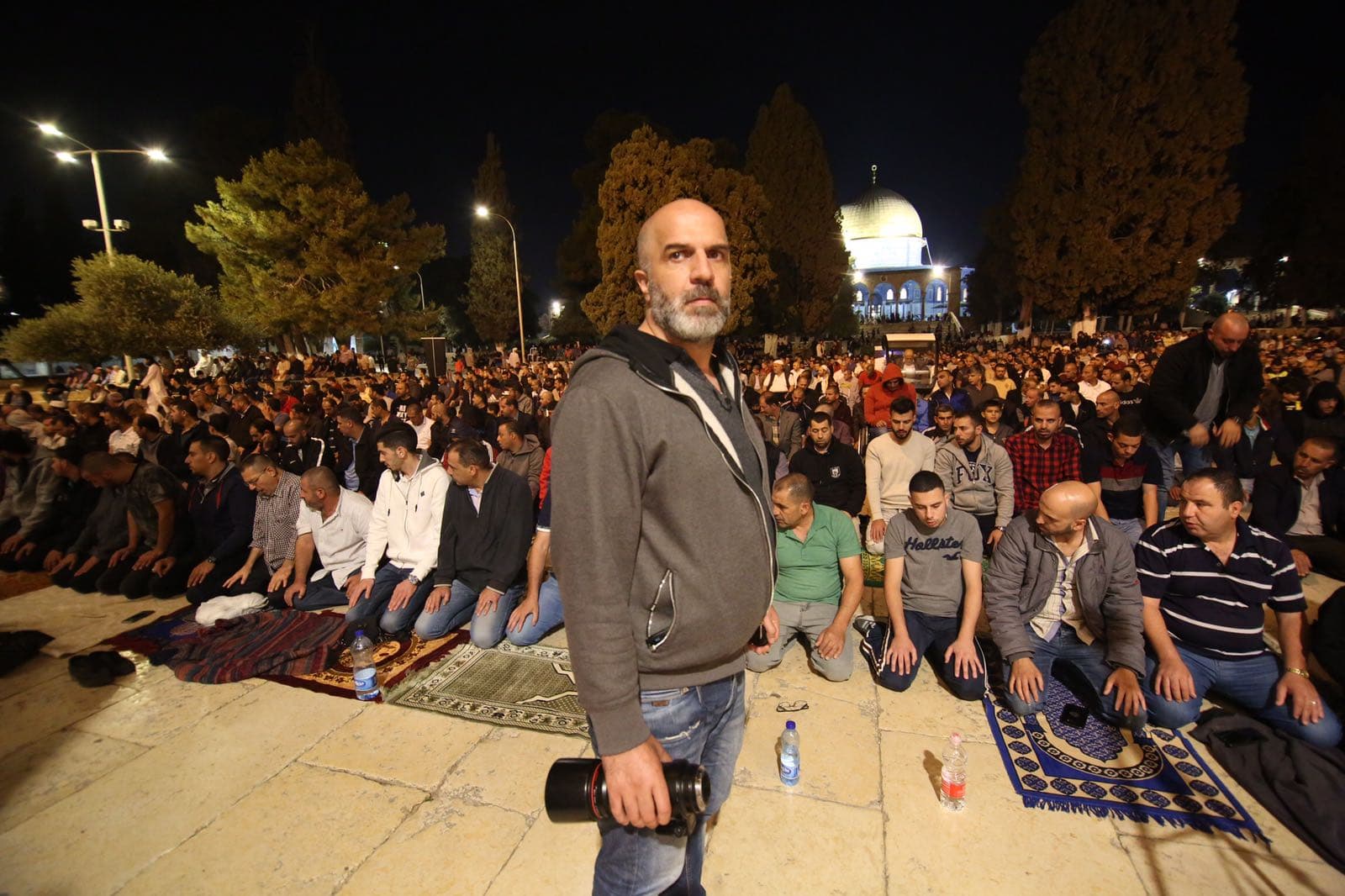

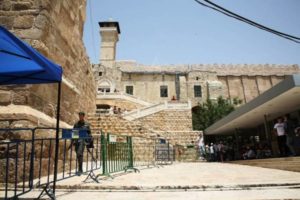
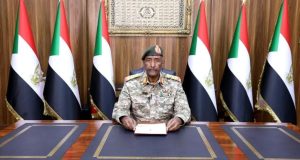
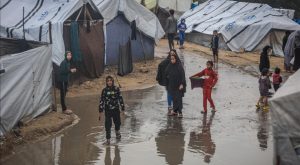
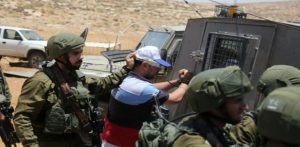
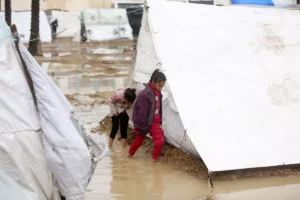
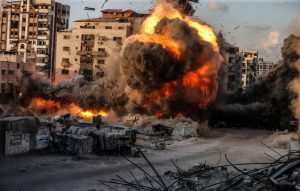
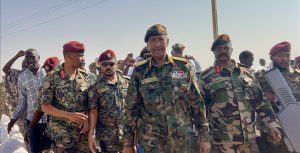

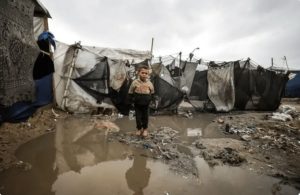

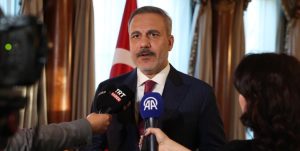


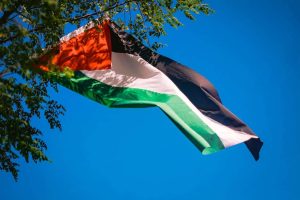



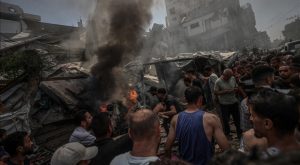








 Mina Indonesia
Mina Indonesia Mina Arabic
Mina Arabic